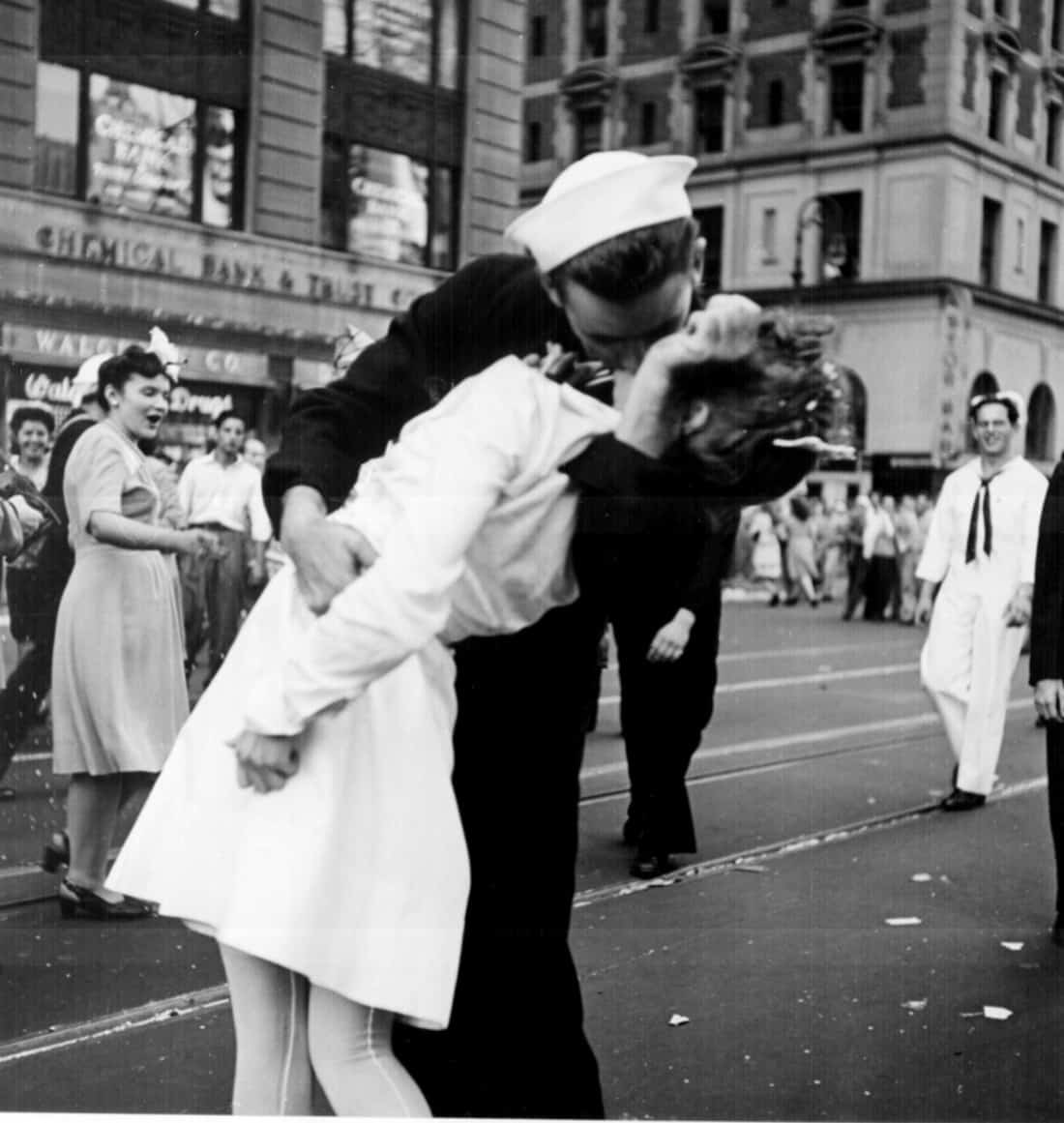About Framing Streets
About Framing Streets
Table of ContentsFraming Streets Things To Know Before You BuyUnknown Facts About Framing StreetsFraming Streets - The FactsFraming Streets Things To Know Before You Get ThisNot known Details About Framing Streets The smart Trick of Framing Streets That Nobody is Talking About
Photography category "Crufts Dog Program 1968" by Tony Ray-Jones Street digital photography (likewise occasionally called honest photography) is digital photography performed for art or query that features unmediated chance encounters and random incidents within public places, usually with the goal of catching pictures at a crucial or poignant moment by careful framing and timing. 
Things about Framing Streets
Susan Sontag, 1977 Street photography can concentrate on people and their actions in public. In this respect, the street digital photographer resembles social docudrama digital photographers or photographers who additionally operate in public areas, but with the objective of capturing newsworthy events. Any one of these professional photographers' images may catch individuals and home noticeable within or from public locations, which typically requires browsing moral problems and regulations of privacy, security, and residential property.
Representations of everyday public life develop a category in practically every period of globe art, beginning in the pre-historic, Sumerian, Egyptian and early Buddhist art periods. Art handling the life of the road, whether within sights of cityscapes, or as the leading motif, shows up in the West in the canon of the North Renaissance, Baroque, Rococo, of Romanticism, Realism, Impressionism and Post-Impressionism.
Little Known Questions About Framing Streets.
Louis Daguerre: "Blvd du Temple" (1838 or 1839) In 1838 or 1839 the first photograph of figures in the street was videotaped by Louis-Jacques-Mand Daguerre in among a pair of daguerreotype sights taken from his workshop home window of the Blvd du Temple in Paris. The second, made at the elevation of the day, reveals an uninhabited stretch of road, while the other was taken at about 8:00 am, and as Beaumont blog Newhall records, "The Boulevard, so continuously filled with a relocating crowd of pedestrians and carriages was completely singular, other than a person that was having his boots combed.
, who was motivated to take on a similar documents of New York City. As the city created, Atget aided to advertise Parisian streets as a deserving subject for photography.

About Framing Streets
Martin is the initial taped professional photographer to do so in London with a disguised electronic camera. Mass-Observation was a social research organisation established in 1937 which aimed to tape everyday life in Britain and to videotape the responses of the 'man-in-the-street' to King Edward VIII's abdication in 1936 to wed separation Wallis Simpson, and the sequence of George VI. The chief Mass-Observationists were anthropologist Tom Harrisson in Bolton and poet Charles Madge in London, and their very first report was created as guide "May the Twelfth: Mass-Observation Day-Surveys 1937 by over two hundred viewers" [] Home window cleaner at Kottbusser Tor, Berlin, by Elsa Thiemann c. 1946 The post-war French Humanist School photographers found their subjects on the street or in the diner. Between 1946 and 1957 Le Groupe des XV every year displayed work of this kind. Andre Kertesz. Circus, Budapest, 19 May 1920 Road digital photography developed the significant material of 2 events at the Museum of Modern Art (Mo, MA) in New york city curated by Edward Steichen, Five French Professional Photographers: Brassai; Cartier-Bresson, Doisneau, Ronis, Izis in 1951 to 1952, and Post-war European Digital Photography in 1953, which exported the concept of street photography globally.

Unknown Facts About Framing Streets
, after that an instructor of young youngsters, linked with Evans in 193839.'s 1958 book,, was substantial; raw and often out of focus, Frank's photos examined mainstream photography of the time, "tested all the official policies laid down by Henri Cartier-Bresson and Walker Evans" and "flew in the face of the wholesome pictorialism and wholehearted photojournalism of American publications like LIFE and Time".